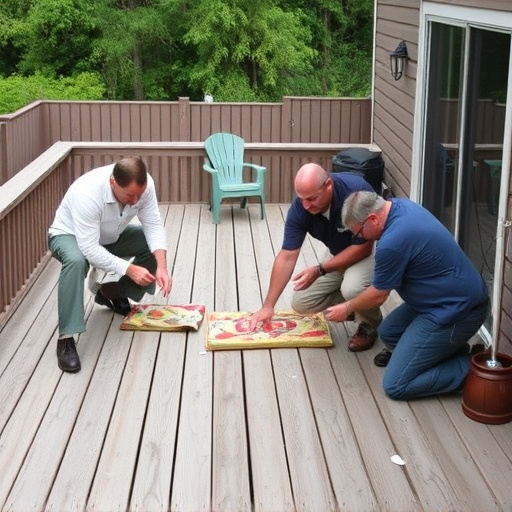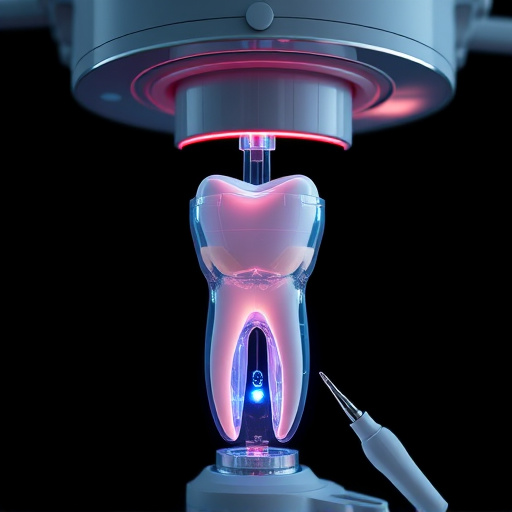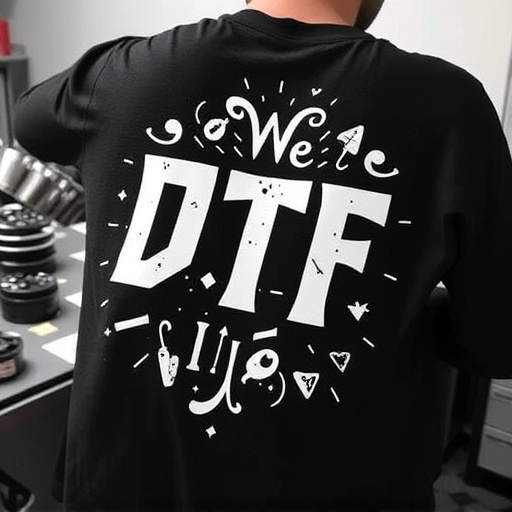The DTF (Direct to Fabric) Curing Oven is an essential tool for precise ink transfer in DTG printing, especially on dark fabrics. It facilitates the curing process, ensuring design longevity and quality. Versatile and suitable for small businesses and large manufacturing units, this oven is ideal for various fabric types and thicknesses, including DTF transfers on items like t-shirts and hoodies. Safe operation and proper maintenance, including regular cleaning and natural cooling, are crucial to ensure optimal performance and adherence to safety protocols.
“Unleash the full potential of your DTF Curing Oven with our comprehensive safety guide. This article is designed to equip users with the knowledge needed for efficient and secure operation. From understanding the oven’s unique functionality and common applications, to meticulous pre-operational checks, and best practices for safe post-use procedures—each section offers invaluable insights. Ensure reliable, consistent results while prioritizing safety when operating your DTF Curing Oven.”
- Understanding the DTF Curing Oven: Its Functionality and Common Uses
- Pre-Operational Safety Checks: Essential Steps Before Turning On
- Safe Operation and Post-Use Procedures: Ensuring Continuous Reliability
Understanding the DTF Curing Oven: Its Functionality and Common Uses

The DTF (Direct to Fabric) Curing Oven is a specialized piece of equipment used in the textile industry for an efficient and precise transfer process when printing on fabrics, especially dark-colored ones. Its primary functionality lies in curing or setting the printed ink onto fabric materials through controlled heat application. This oven facilitates a crucial step in DTG (Direct to Garment) printing, ensuring the design’s longevity and quality.
Commonly used in screen printing and digital printing for textiles, the DTF Curing Oven is versatile and can accommodate various fabric types and thicknesses. It’s particularly beneficial for dtf transfer applications, enabling precise ink adhesion to dark fabrics, a process that conventional printers might struggle with. DTF printing for dark fabrics has seen significant advancements, making it accessible for small businesses and artisans alike, while also streamlining production in larger textile manufacturing units.
Pre-Operational Safety Checks: Essential Steps Before Turning On

Before turning on a DTF (Direct to Fabric) curing oven for any DTF printing for t-shirts, DTF printing for light fabrics, or DTF printing for hoodies application, conduct thorough pre-operational safety checks. Start by inspecting all electrical connections and ensuring they are secure and in good condition, as any faulty wiring could lead to hazardous situations. Verify that the oven’s temperature control system is functioning accurately, allowing you to set and maintain the required heat levels safely. Check for any visible damage or wear on the oven’s exterior and internal components, replacing damaged parts if necessary. Ensure proper ventilation in the workspace, as off-gassing from the curing process can release volatile organic compounds (VOCs). Lastly, familiarize yourself with emergency shutdown procedures and have a clear understanding of how to respond to potential issues, ensuring your safety and that of others.
Safe Operation and Post-Use Procedures: Ensuring Continuous Reliability

The safe operation and proper post-use procedures are vital for maintaining the reliable performance of a DTF Curing Oven. Always ensure that all safety protocols are followed when operating this equipment, as it plays a crucial role in the efficient production process. Regular maintenance checks should be conducted to guarantee optimal functionality; this includes cleaning the oven regularly to prevent any buildup of residue or debris, which could hinder heat distribution.
After each use, allow the DTF Curing Oven to cool down naturally before initiating the post-use procedures. This step is essential for preventing accidents and ensuring the longevity of the equipment. Proper disposal of waste materials, such as excess ink or curing agents, should be implemented to maintain a clean and safe working environment. Additionally, keeping the oven’s surroundings clear of obstructions ensures easy access for maintenance and future operations, thereby enhancing overall efficiency in bulk DTF shirt production or other applications with a dtf printer or heat press.
The DTF Curing Oven is a powerful tool for various industrial applications, offering precise temperature control and efficient curing processes. By following the safety tips outlined in this article, operators can ensure reliable and consistent performance while minimising potential risks. Regular pre-operational checks, safe operational practices, and proper post-use procedures are essential to maintaining the integrity of the DTF Curing Oven, ultimately enhancing productivity and safety in the workplace.














